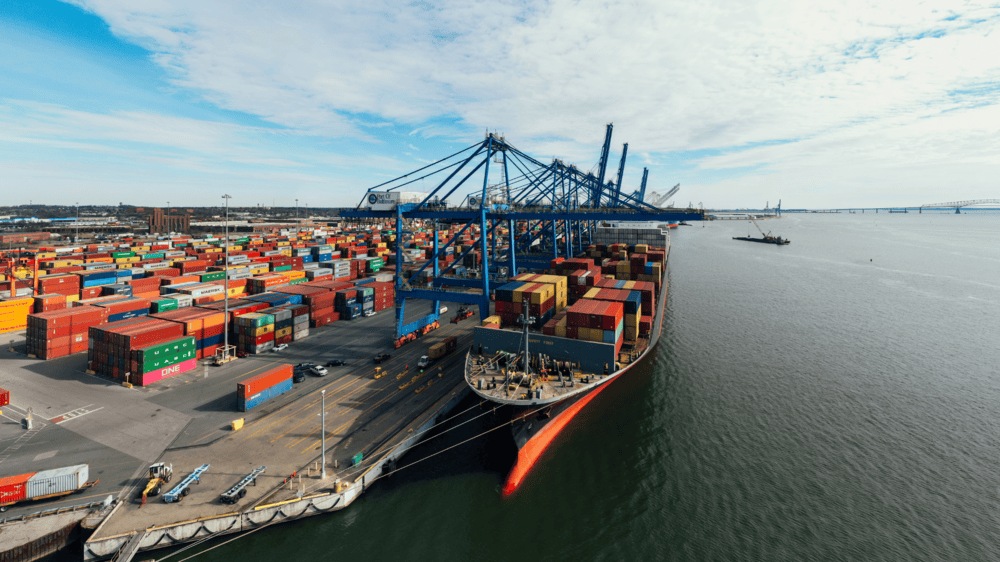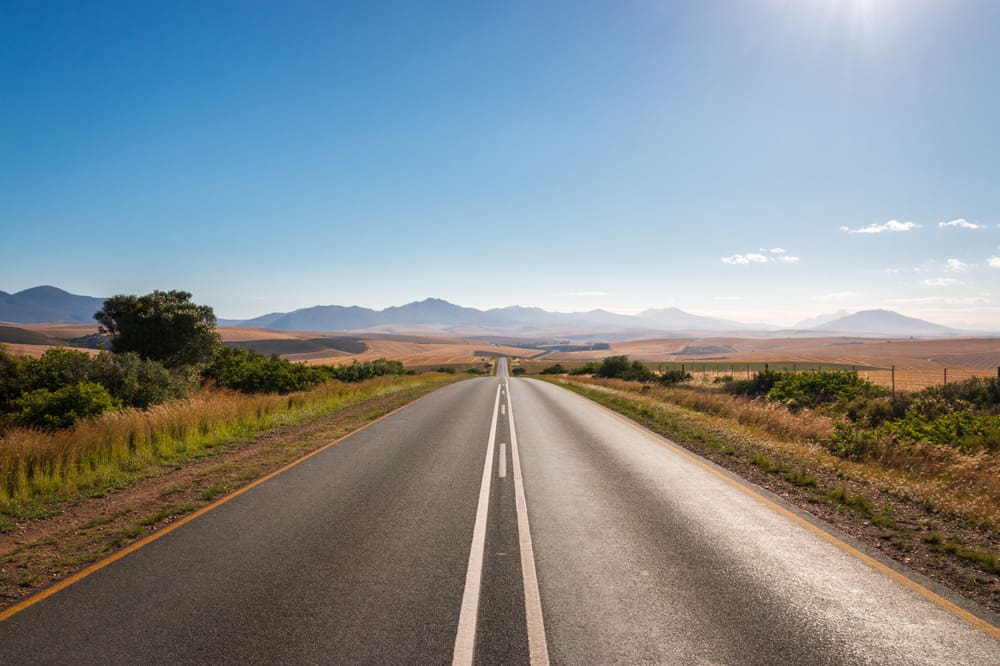Challenges in the South African railway transport sector
The railway transport sector seems poised to boost infrastructure development in South Africa on the back of the government announcing a structural reform with the plan to allow 3rd party private operators to have access to the core rail network in South Africa. This should be exciting news for the ailing economy, so what are the hurdles preventing this from achieving the much needed economic activity?
Challenges in the South African railway transport sector
The WOW report “Railway transport and locomotive manufacturing” shines a bright light on the state of the sector, and the disappointing performance of the sector. The prospects of restoration will take political will, commitment and all hands on deck – As the saying goes it takes a lot more time and effort to build than to destroy.

The reason this sector has not hit the spotlight in the way Eskom has, could be because of the availability of accessible alternatives. Whereas when load shedding hit South Africa, there were few alternatives particularly for businesses. For passenger transport, the taxi industry, and also the e-hailing industry that were non-existent 20 years ago, are now a critical and an indispensable part of commuter transport.
A pertinent example of institutional paralysis is related in the WOW report which states that “Shosholoza Meyl used to operate long-distance routes covering Johannesburg, Cape Town, Durban, Gqeberha and East London. However, after a fatal train collision in February 2020, the Railway Safety Regulator suspended all Shosholoza Meyl train operations indefinitely. Nothing happened to restore the service. Out of a total of 10 long-distance routes, only two routes from Johannesburg, connecting Eastern Cape routes of East London and Gqeberha mainline resumed services in mid-December 2021 with 8 routes are still suspended.
Accidents do happen. The aim would be to minimise the risk and occurrence of accidents and put in place remedial actions to avoid similar occurrences in the future. Recently in Greece there was a frontal passenger train collision with many deaths and injuries. This sparked popular protests, yet a decision to re-instate the service has been made, about a 2 months later, after the investigation into the causes. The neglect of this sector in South Africa also led to vandalism and the pillaging of valuable components damaging railway stations rendering the railway network system unusable. The poor performance of State Owned Entities in the sector and the malfeasance reported widely in the media, indicates that there has not been meaningful intervention to stop the slide.

The deterioration of freight rail transport by rail infrastructure owner TFR (Transnet Freight Rail), which the WOW report justifiably states as the backbone of passenger transport and freight hauling, forced industries into more expensive alternatives resulting in the destruction of road infrastructure.
For South Africa, a country endowed with mineral resources and active mining industry, rail transport is a key component in taking resources to ports and markets. Here also TFR has regressed and seen chronic reduction in capacity over the past decade resulting in more expensive road transport by private sector companies, negatively impacting the South Africa’s road infrastructure.
Civil Society and public outcry has finally woken up the government after the extensive reports on state capture which allowed the deterioration to go unchecked.
The importance of railway transport in South Africa
Rail transport remains highly relevant worldwide and in South Africa. According to the WOW report, the global railway market revenue is estimated to grow at 7.4% CAGR to 2026 and at 4.4% thereafter to 2030.
There are currently large rail projects amounting to about USD 500 million (minimum USD 10 million per project) under construction in the world. On the African continent rail projects costing about USD 120 million are under way and/or planned.
The South African government is aware of the current condition of the rail infrastructure, and how rehabilitation has become a mammoth task to implement the refurbishment projects and to address institutional capacity required to manage and maintain these projects. They have now called on the private sector to partner with the public sector to revitalise the sector. If implemented, the initiative may spell hope and lead to some improvements becoming a reality in the near future.
Below are some of the projects in the pipeline in South Africa:
- Moloto Rail Development Corridor
- The Port of Ngqura Rail Extension:
- The Cape Town Commuter Rail Upgrade
- The Johannesburg-Durban High-Speed Rail Link:
What is the future of South Africa’s railway transport
Should the bold move by the South African government allowing greater involvement of the private sector and limiting its role from implementer to regulator overcome the challenge stated by Mesela Nhlapo, the CEO of the African Rail Industry Association (ARIA), who said “There is no alignment in terms of objectives of the local rail industry, and the country lacks a united vision”?
The design of concessions and public private sector participation initiatives need to be more fair to both the private sector and government to ensure success and take off, as indicated in the WOW report mentioning that “to date, the plan initiated by TFR in April 2021, which was first mooted by the government more than 10 years ago, has failed to gain traction.”
At the same time, once a concession is granted, the government should not be squeezed in as a back-stop saviour. The Gautrain concession, with guaranteed profits and dividends to shareholders whilst the business being subsidised with taxpayers’ money. The project routes serve a few well-off communities and are hugely underutilised and overpriced. Such unbalanced project design and concession construction does not augur well for public private participation.
Whilst there are great prospects on the horizon for the sector, a lot is still to be done through meaningful partnerships and less interference by government on the implementation side in order to truly see progress into the future.
Contact us to access WOW's quality research on African industries and business
Contact UsRelated Articles
BlogCountries South AfricaTransportation and storage
The Motor Vehicle Industry in South Africa: Challenges, Prospects and Opportunities
Contents [hide] Motor industries across the globe are driven by innovation. South Africa’s motor industry is actively pursuing innovation initiatives to remain competitive. A good example is the partnership between...
BlogCountries South AfricaTransportation and storage
Africa’s Ports and Harbours: Driving Trade and Growth Across the Continent
Contents [hide] Ports and harbours have evolved from the days when they merchants would display their crafts and fishermen would bring their daily catch, socialise over coffee and exchange their...
BlogCountries South AfricaTransportation and storage
The Status of Road Infrastructure in South Africa
rail and road passenger journeys per year





